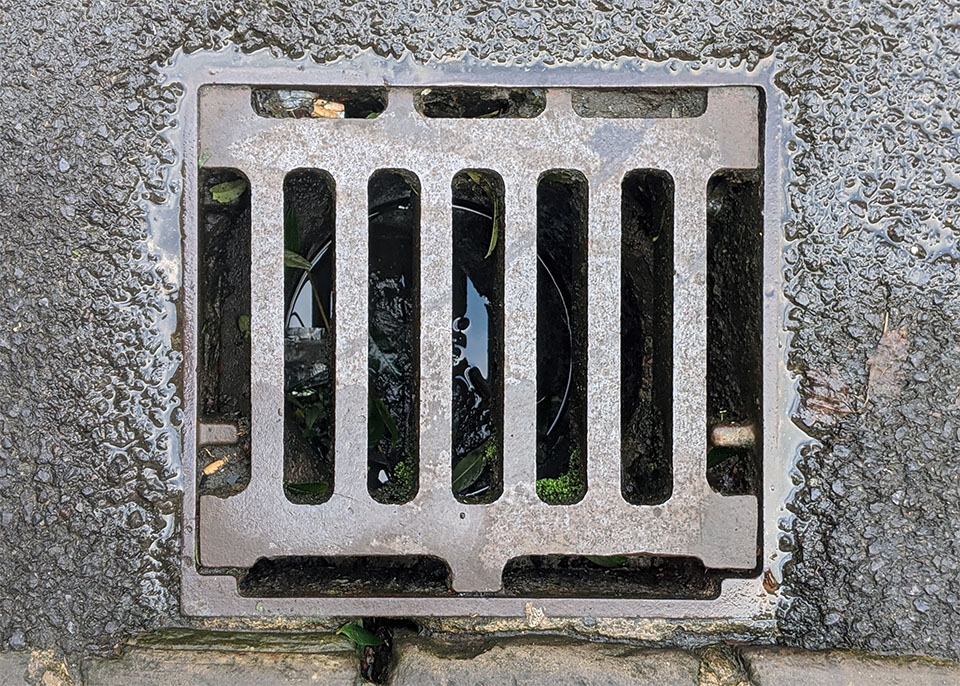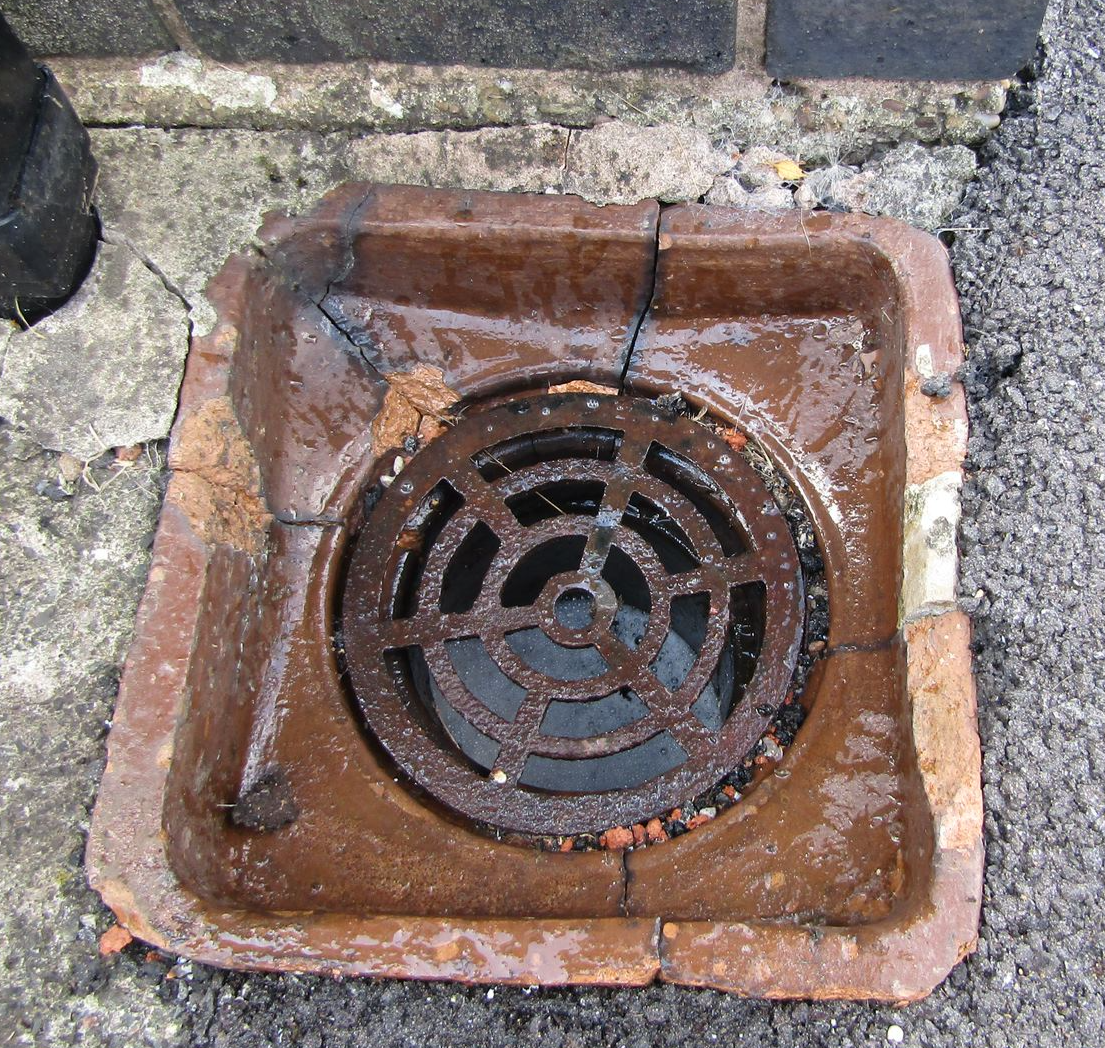We have stumbled upon this great article involving 8 Tips For Clearing A Blocked Drain down the page on the net and thought it made perfect sense to talk about it with you over here.

Introduction
Dealing with an obstructed drain can be a discouraging experience, interrupting day-to-day tasks and possibly triggering damages to your home. However, before connecting to plumbing specialists, there are actions you can require to deal with the problem on your own. In this overview, we'll discover DIY remedies and preventive measures to take on a blocked drainpipe effectively.
Recognizing the Issue
The initial step in attending to an obstructed drainpipe is identifying the indicators. Slow-moving water drainage, gurgling audios, foul odors emanating from drains, or water support up are common signs of an obstructed drainpipe. Identifying these indications early can assist protect against even more difficulties.
Usual Reasons For Blocked Drainpipes
Understanding the elements that add to drain pipes clogs is important for effective resolution. Usual culprits include hair, soap residue, oil, food debris, and foreign things like sanitary products or paper towels. Tree roots attacking underground pipes can also create significant obstructions.
DIY Solutions
For minor obstructions, numerous DIY remedies can be efficient. Pouring boiling thin down the drainpipe can assist dissolve oil and particles. Sodium bicarbonate and vinegar or a mixture of salt and baking soda can function as natural cleaners. Utilizing a bettor or pipes serpent to remove obstructions is an additional option.
Devices and Equipment
Having the right devices on hand can make do it yourself drain cleaning up extra effective. A bettor is a functional device for removing obstructions in sinks, bathrooms, and showers. A pipes snake or auger can reach much deeper obstructions, while drainpipe cleaning chemicals can be utilized very carefully for stubborn blockages.
Safety nets
To stay clear of future obstructions, embracing safety nets is vital. Set up drain guards or strainers to capture hair and particles before they enter the pipelines. Frequently flush drains with hot water to liquify oil accumulation, and stay clear of getting rid of grease or solid waste away.
When to Call a Specialist
While do it yourself solutions can resolve small clogs, specific signs show the requirement for expert support. Persistent blockages, foul odors despite cleaning up initiatives, or multiple drains pipes supporting concurrently are warnings that warrant experienced intervention.
Selecting the Right Plumbing Service
When choosing a pipes service, consider factors such as experience, licensing, and customer testimonials. Pick a credible plumbing with a track record of high quality craftsmanship and transparent rates practices.
Price Factors to consider
The cost of professional drainpipe cleaning company can vary relying on the extent of the clog and the plumbing's rates. Demand quotes from several carriers and inquire about any service charges to make sure transparency and prevent surprises.
Safety Measures
When trying do it yourself drainpipe cleaning, focus on safety and security. Wear safety gloves and eyewear to avoid contact with dangerous chemicals or microorganisms. Never ever blend various drainpipe cleaning products, as this can create harmful fumes.
Situation Researches
Real-life instances illustrate the effectiveness of DIY options and the value of timely specialist treatment in dealing with drain obstructions.
Conclusion
By complying with the ideas laid out in this overview, you can properly tackle blocked drains and stop future plumbing concerns. Whether choosing do it yourself options or looking for specialist help, prompt activity is essential to keeping a healthy and balanced pipes system and preserving the integrity of your home.
How to Clear a Clogged Drain Yourself (And When to Call In the Professionals)
What Can Clog a Drain
Dirt Skin flakes Hair Grease Soap scum Food Offset pipes Tree roots Small objects Mineral buildup DIY Tricks to Unclog a Drain
You can fix this! Once you have identified the source of the clog (or have a vague idea), you can try one or a combination of these fixes in order to clear your plumbing.
Wire Hanger or Snake
Untangle and clear out hair from a drainpipe with a homemade snake. Use a straightened-out wire hanger with a 90-degree angle hook to locate the clog and drag out any unwanted material.
Remember not to push the clog further down to where the wire hanger cannot reach! If you need to follow up with a plunger, give it a try. Your efforts might be more successful after it’s been wire-snaked.
If you want to get fancy and don’t have a wire hanger to spare, head to the store and pick up a hand-operated drain snake. You can get one for $10-$30. It may save you the hassle, and provide additional length to reach deep into the clogged pipe.
Plunger
A cup plunger has a suction cup attached to a wooden handle. The rubber creates a seal around the drain, and increases the pressure force of the plunger.
Plunge for 30-second increments to loosen the clog. This may need to be repeated over the course of 15-20 minutes. Once plunged, run the water to flush the remaining material out of the drain.
Remember– never use a plunger if you have used a chemical drain cleaner. These chemicals can splash up from the force of the plunger and cause serious injury or burns.
Boiling Water
Hot water can sometimes break up materials into a flushable amount. Dirt, grease, and soap buildup requires heat in order to unstick from surfaces.
Take your kitchen kettle and heat your water to a boil. Once it reaches a rolling boil, pour it directly down the drain into the blockage. Carefully follow with plunging, if necessary.
Don’t worry if this takes more than one try! It can often take multiple kettles and repeated plunging in order to clear a particularly stubborn clog.
Chemical Drain Cleaner
As a last resort, pick up a bottle of chemical drain cleaner. Drain-cleaning chemicals are potent, and not very good for the environment.
You may need to wear protective eyewear in gloves before handling your bottle of chemical drain cleaner. Follow the instructions printed on the bottle, and flush with water as soon as the instructions allow. Do not follow with plunging.
Baking Soda and Vinegar
As a safer alternative to chemical drain cleaner, baking soda and vinegar can create a chemical reaction that clears tough clogs.
Combine one cup of cleaning vinegar with one cup of boiling water, and set aside. Once you have done this, pour half a cup of baking soda down the drain. Give the baking thirty seconds to settle and cover a large portion of the problem drain.
Following the baking soda, pour down your vinegar and hot water solution. Once the vinegar and baking soda combine, the mixture will bubble and fix. Let this reaction fizzle in the drain for about an hour.
After an hour, follow with a kettle’s worth of hot water. The heat and liquid should flush out any remaining material.
When to Call a Plumber
If your DIY attempts haven’t cleared your clog drain, it’s time to call in a professional. It’s not worth losing access to your kitchen sink or high-traffic bathroom. A clog in a vital area can keep you from the things you’d rather be doing, and derail your routine.
Anytime a clog is causing water to spread is a time to call in a plumbing service. What starts out as a little bit of water can quickly grow into serious, expensive water damage.
Additionally, a serious clog can result in burst pipes or serious leaks. Make sure you know when to take it seriously!
https://myguysnow.com/how-to-clear-a-clogged-drain-yourself-and-when-to-call-in-the-professionals/

Hopefully you enjoyed reading our article on Tips for Dealing with Clogged Drains and Sewer Lines. Thanks a lot for taking a few minutes to read our piece. Do you know another person who is excited about the subject? Please feel free to promote it. I cherish your readership.
Call Today